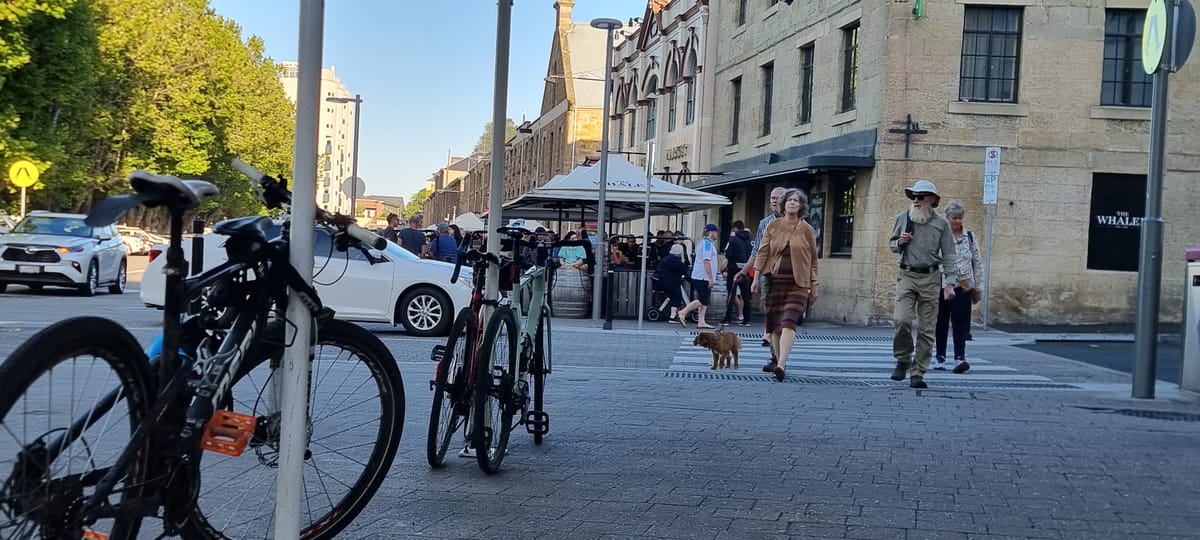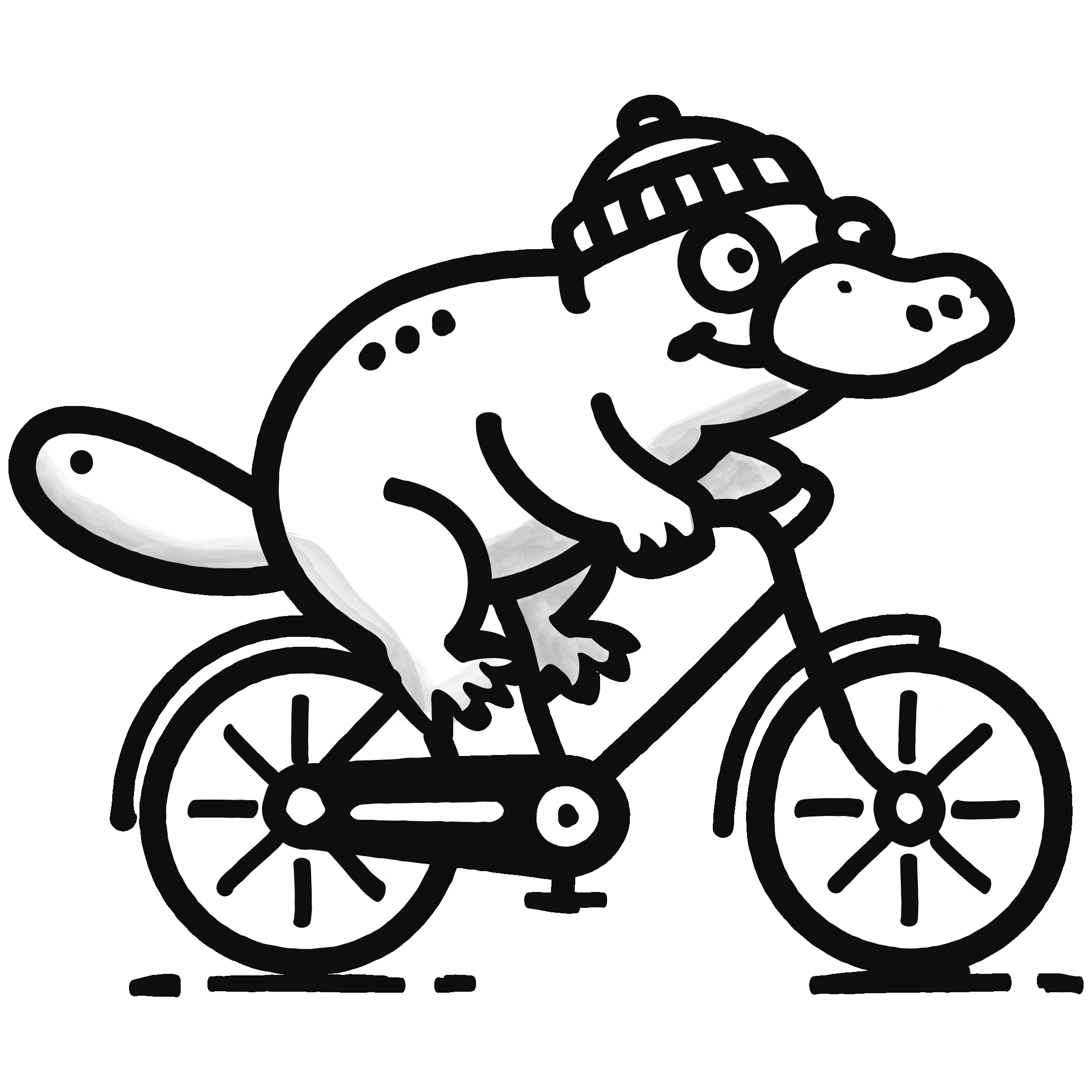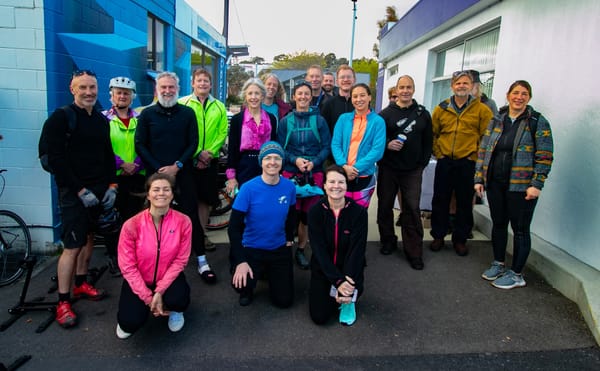Lift our vision from car parking to become an inclusive, active, heathy and thriving community
Bruce Levett, a Hobart resident and public health advocate, has led Health Consumers Tasmania and serves on the Tasmanian Council of Social Service board. He urges a shift from car parking debates to urban planning that promotes active transport, healthier communities, and thriving local businesses.

The focus on car parking in the proposed Collins Street improvement trial seems to be blinding some people to the benefits the trail could deliver (The Mercury Op-ed, 10 February, 2025: Federation of Greater Hobart Businesses Chair Edwin Johnstone).
For the record, I am a cyclist. I am also a rate payer, a resident, a property owner, a user of two registered vehicles and two bicycles, and a frequent (almost daily) user of the Hobart city centre. My family, using the Hobart Rivulet track as a means to enter the city, are channelled into Collins Street where we purchase from the shops on Collins Street items including puzzles and picture frames, books, coffee, clothes, manchester and kitchen ware, haircuts, food, electronic items, medicines, gifts and occasionally attend the cinema and visit the dentist.
I also consider myself a stakeholder and my optimism for Hobart (and Tasmania) is for it to be an inclusive, active, healthy and thriving community supported by a diverse economy where locals embrace active transport, not demonise it. As a keen cyclist and avid walker, my hope is that we all respect each other’s right to a safe journey.
It is within this context that I reflect on Tasmania’s uniqueness that materialised in research led by Monash University that was published recently. The Monash School of Public Health and its Climate, Air Quality Research Unit named both Tasmania the healthiest state or territory and Hobart as the healthiest capital to live. They ranked all states on an Environmental Quality Health Index (EQHI) against twelve factors including air quality, green space, nighttime light, mean summer and winter temperatures, along with others.
What a wonderful privilege it is to be able to live in such a healthy place.
The problem for us is that this healthy environment doesn’t translate into healthy people. Tasmanians’ health is generally poorer compared with those from other states. Tasmanians don’t live as long and suffer a higher proportion of chronic health diseases (like cardiovascular disease, diabetes, asthma and obesity) compared to our mainland neighbours.
So here lies the contradiction. The healthiest place in Australia to live produces one of the unhealthiest peoples from across the country.
There are a number of reasons that influence our poor health, but one key reason which is relevant to all of us including our respected businesses, is that according to the Australian Bureau of Statistics National Health Survey, Tasmanians exercise less than those in other states.
Therefore, what is critically important to Tasmanians is not parking, or building more car parks on the Domain, it is about how can we encourage Tasmanians to prioritise their health and well-being so that we can fully participate in life and work and to enjoy the wonderful environment surrounding us.
Active transport is an important avenue to health and well-being, it can be a productive use of time in a busy lifestyle, and it is cost effective. Unfortunately, one of the main reasons stopping more people become involved in active transport is they do not have access to safe, convenient places to exercise and participate.
If our vision is for Tasmanians to be the healthiest people living in the healthiest place, then we need to embrace changes to how we build and transform our cities and towns to cater for those who wish to use active transport as a means to become healthier.
The more people who walk, run, cycle, scoot or even dance or roll down Collins Street, or on other transport routes, for example, then that means fewer cars traveling down Macquarie Street for those who choose to drive. Active transport doesn’t mean no cars, it just means that streetscapes are designed for the safety of all those who use it, not just for cars alone.
You never know, some of these people, like my family, who are moving at a slower pace may even start to discover new and amazing offerings from those businesses in Collins Street and choose to invest in that micro-economy rather than drive to the big shopping malls.





